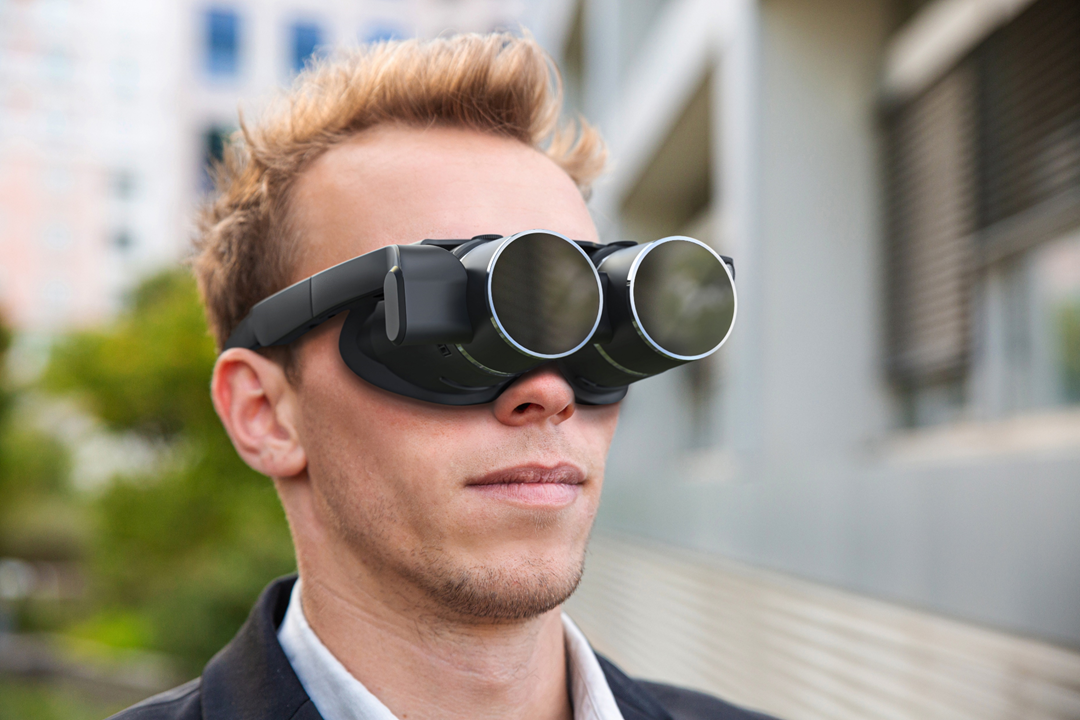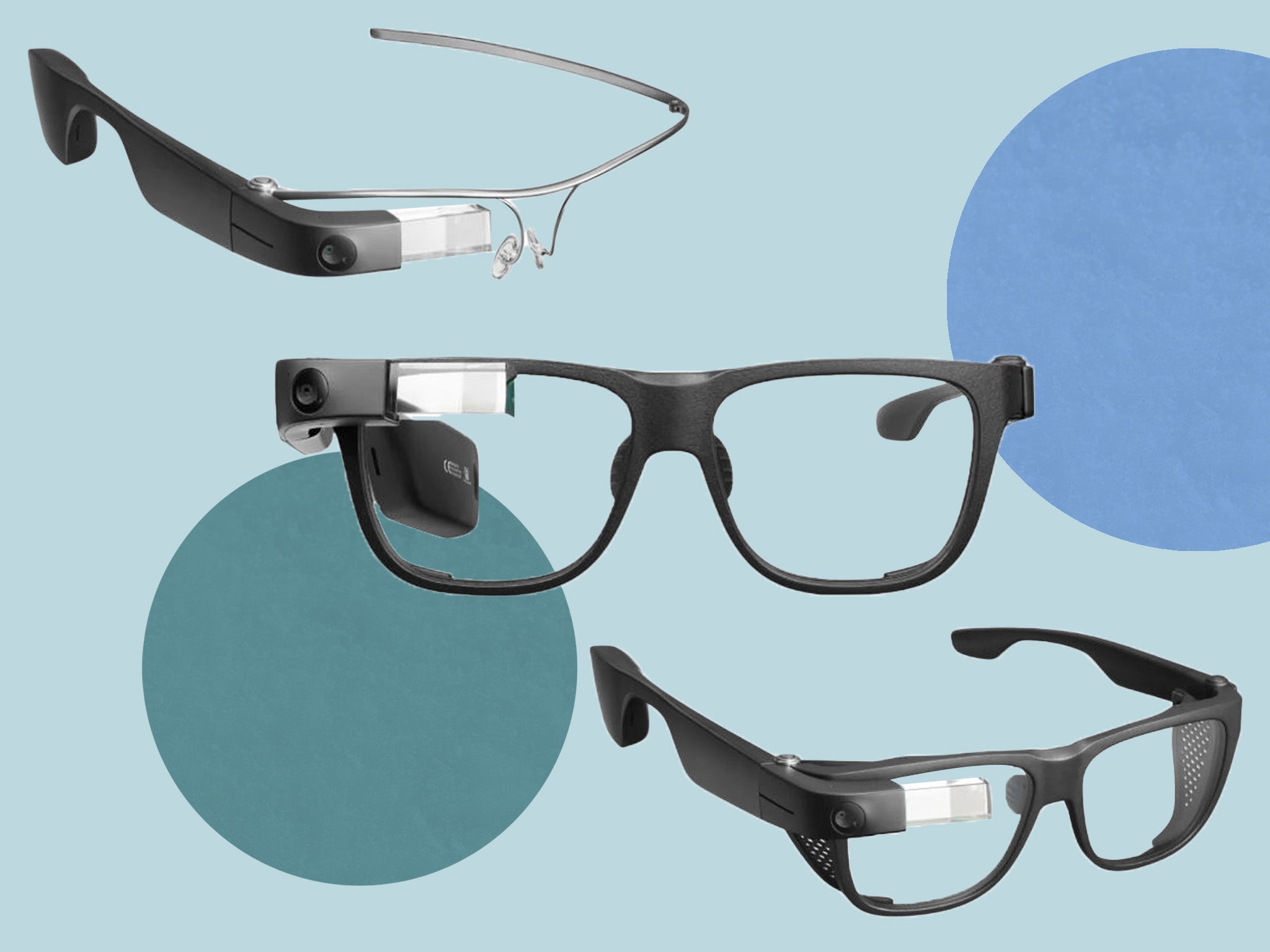AI-Powered Visual Aids: The Next Step in Assistive Technology for the Blind
AI-Powered Visual Aids: The Next Step in Assistive Technology for the Blind
Blog Article
Discover Advanced Assistive Instruments for Individuals With Aesthetic Impairments
The landscape of assistive technology for people with visual impairments is progressing swiftly, offering a series of ingenious gadgets that enhance autonomy and involvement (Braille displays and notetakers). From clever glasses that effortlessly merge aesthetic input with acoustic assistance to innovative navigating applications that redefine spatial understanding, these devices are improving opportunities. Moreover, the most recent advancements in Braille innovation and voice-activated systems substantially add to availability. The implications of these advancements extend far beyond plain performance; they test traditional perceptions of disability and independence. What might this mean for the future of addition and assistance?
Smart Glasses Innovations
Smart glasses stand for a significant development in assistive modern technology for people with aesthetic problems. These cutting-edge devices integrate various features designed to improve the user's interaction with their setting. Equipped with electronic cameras and sensing units, smart glasses can capture real-time visual information, which is after that processed and shared to the user through sound comments or haptic sensations. This functionality allows people to receive instant summaries of their environments, enhancing their ability to browse and engage with the world.
In addition, improvements in synthetic intelligence have actually better improved the capacities of wise glasses. Maker knowing algorithms can identify faces, checked out message, and recognize things, making them very useful tools for daily tasks. Individuals can obtain acoustic cues that give context regarding their atmosphere, promoting self-reliance and self-confidence.
Furthermore, the ergonomic style and light-weight nature of several clever glasses make them ideal for prolonged usage, ensuring comfort while enhancing performance. As these gadgets proceed to advance, they hold the potential to revolutionize the way people with aesthetic disabilities experience their lives, linking the gap in between access and innovation. The ongoing research and growth in this area promise to increase the possibilities for clever glasses, making them an important part of contemporary assistive tools.
Navigation Apps and Equipment
Many navigating applications and tools have actually arised as necessary resources for people with visual disabilities, significantly enhancing their ability to go across strange atmospheres. These modern technologies leverage general practitioner capability, audio signs, and real-time information to give customers with precise navigation aid.
One popular example is the Aira app, which connects individuals to qualified representatives that can supply aesthetic summaries of surroundings and navigation support with a real-time video clip feed. This service improves the customer's spatial understanding and confidence while navigating. Another notable tool is Seeing Eye GPS, which supplies voice-guided navigation and factors of rate of interest, making it possible for individuals to gain access to vital info concerning their surroundings.

As technology proceeds to advancement, the growth of extra advanced navigating devices assures to further equip individuals with visual disabilities, facilitating seamless movement and integration right into varied settings. Such developments are critical in promoting a much more comprehensive culture.
Braille Modern Technology Innovations
Recently, improvements in Braille technology have dramatically changed just how individuals with visual impairments access information and involve with the world around them. The advancement of mobile Braille displays has actually reinvented analysis by permitting individuals to attach wirelessly to smartphones, tablet computers, and computers. These gadgets convert message right into Braille in real-time, enabling seamless communication with digital web content.
Additionally, cutting-edge Braille printers have actually arised, enhancing the production of tactile products. Modern embossers are much faster and extra effective, permitting the quick production of Braille records and educational materials. This efficiency decreases the moment and cost related to producing Braille sources, making them extra accessible to schools and organizations.
In addition, the combination of Braille with other technologies, such as expert system and artificial intelligence, has actually opened new methods for personalized learning experiences. Voice acknowledgment and synthesis technologies can complement Braille, providing a comprehensive method to information circulation.
As the demand for inclusive education and learning and work environment atmospheres grows, these technological innovations play a vital role in encouraging individuals with visual disabilities, ensuring they have equivalent access to information and possibilities in numerous elements of life.
Wearable Gadgets for Independence
An expanding array of wearable tools is improving independence for people with visual problems, providing cutting-edge options that enhance navigating and daily living. Braille displays and notetakers. These tools make use of advanced modern technologies to supply real-time feedback and assistance, promoting autonomy in various settings

Wearable innovation additionally consists of smartwatches that can be set with availability features, enabling customers to receive notices, track their areas, and even ask for help with the touch of a switch. Some devices include fabricated knowledge to assess the atmosphere, offering audio summaries of nearby things or people.
Voice-Activated Assistive Solutions
Leveraging voice-activated assistive remedies has transformed the landscape of support for individuals visit this page with aesthetic disabilities, supplying hands-free communication and accessibility to a selection of jobs. These modern technologies make use of pediatric ophthalmologist natural language processing and expert system to make it possible for individuals to carry out daily activities with basic voice commands.

In addition, current advancements in voice recognition precision have boosted the user experience dramatically, accommodating diverse accents and speech patterns. This inclusivity makes certain that more people can take advantage of these technologies, promoting a greater feeling of freedom.
Verdict
In conclusion, the growth of advanced assistive tools substantially boosts the independence and lifestyle for people with aesthetic impairments. Innovations such as smart glasses, navigation applications, Braille technology, wearable devices, and voice-activated remedies jointly foster a more comprehensive environment. These technologies equip individuals to browse their surroundings with confidence and engage more completely with the globe, inevitably advertising greater accessibility and level playing fields for individuals facing visual difficulties.
The landscape of assistive innovation for individuals with visual disabilities is progressing rapidly, providing a variety of cutting-edge gadgets that boost autonomy and engagement.Smart glasses stand for a significant improvement in assistive modern technology for people with visual impairments. As these gadgets proceed to develop, they hold the possible to transform the way people with aesthetic disabilities experience their daily lives, connecting the gap between accessibility and innovation.In current years, advancements in Braille technology have considerably transformed how people with visual impairments access info and involve with the world around them. These modern technologies equip customers to browse their surroundings with self-confidence and involve even more totally with the world, ultimately promoting better access and equal possibilities for people dealing with aesthetic obstacles.
Report this page